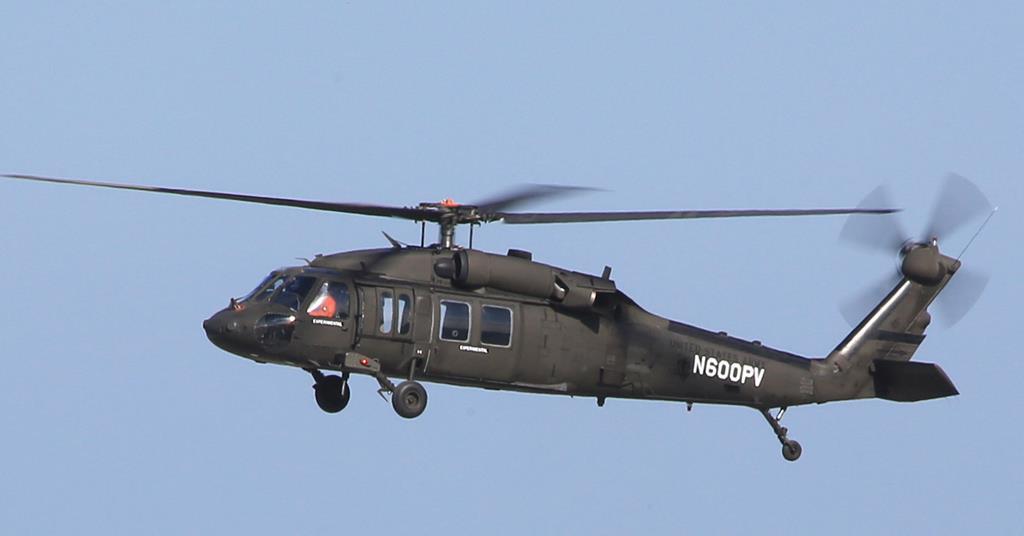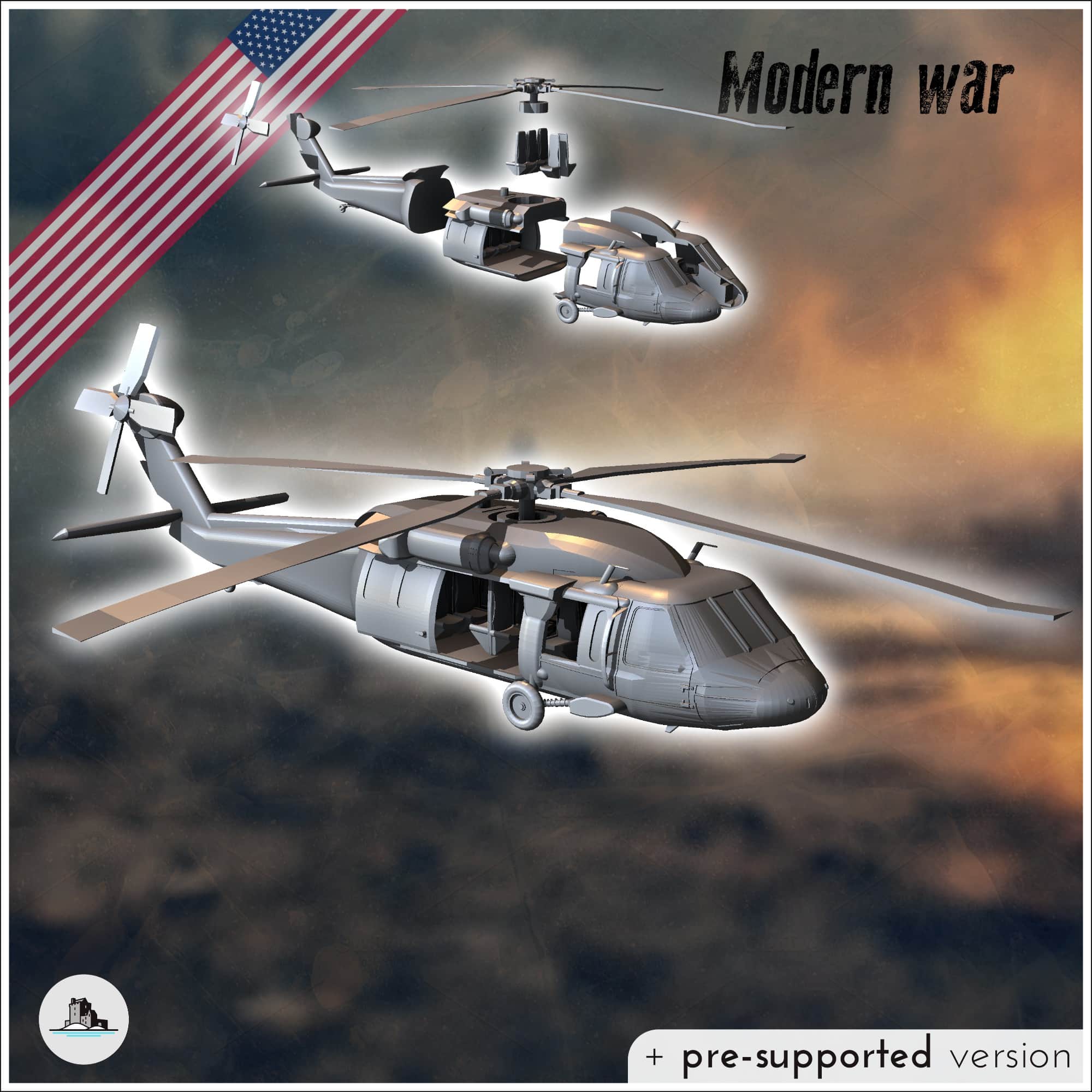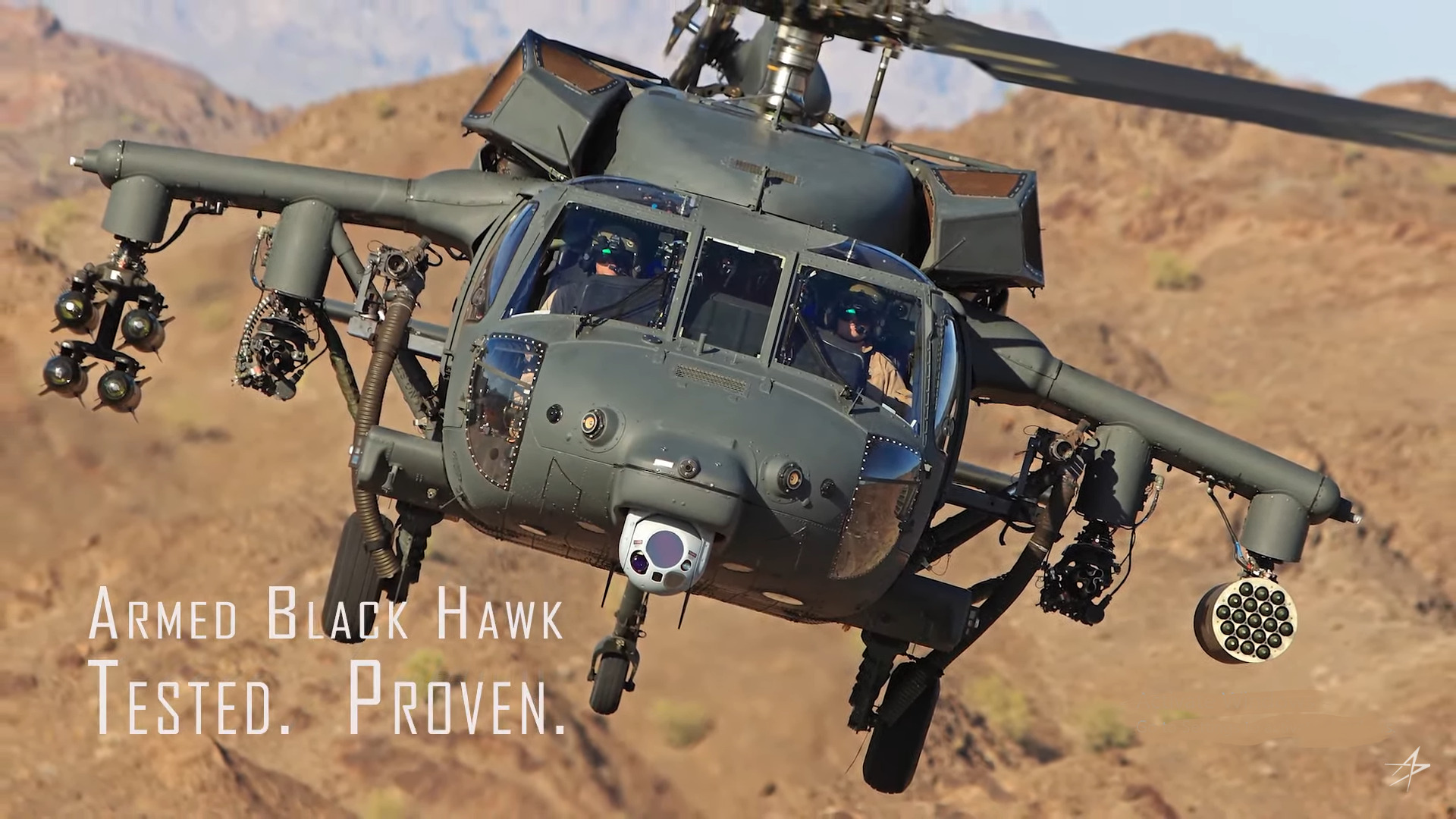Everything You Required to Learn About the UH 60 Helicopter
The UH-60 helicopter, a foundation of U.S. Army air travel because its debut in 1979, stands for a remarkable blend of engineering and operational adaptability. Recognized for its phenomenal speed and array, the UH-60 has actually been adjusted for various missions, from troop transportation to clinical emptying. As military needs develop, so also does the helicopter, with ongoing advancements focused on improving its abilities and integrating modern technologies. To completely appreciate the significance of the UH-60 in modern army operations, one must consider its history, design, and the future developments that might redefine its role.
Background of the UH-60
Created in the late 1970s, the UH-60 Black Hawk helicopter became a feedback to the united state Military's need for a versatile utility helicopter that could carry out a range of missions under tough conditions. The incentive for its style was the drawbacks identified in the earlier helicopters utilized during the Vietnam War, specifically in terms of ability to move, rate, and survivability.
The Black Hawk was made by Sikorsky Aircraft, incorporating sophisticated modern technologies and materials to enhance its efficiency and longevity. It was officially introduced into solution in 1979, swiftly coming to be an important asset for military procedures - uh 60. Its capability to carry troops, medical evacuation, and logistical support in both battle and humanitarian missions made the Black Hawk an invaluable component of the U.S. Military's aviation fleet
Throughout the years, the UH-60 has actually been continually upgraded, adjusting to the changing nature of warfare and the developing requirements of modern-day army procedures. Its functional background consists of involvement in significant disputes, peacekeeping missions, and disaster relief efforts, solidifying its online reputation as a dependable and efficient helicopter in various atmospheres worldwide.

Layout and Requirements
The layout of the UH-60 Black Hawk helicopter consistently mirrors a dedication to operational performance and versatility. Created by Sikorsky Airplane, this medium-lift utility helicopter features a sleek, wind resistant fuselage that improves rate and maneuverability. Its tandem blades system, characterized by 2 counter-rotating blades, minimizes vibration and enhances lift ability, enabling for more secure operations in varied settings.
The UH-60 is powered by 2 T700-GE-701C turboshaft engines, offering a maximum rate of roughly 180 knots and a series of around 400 nautical miles. Its durable airframe is created from sophisticated composite products, guaranteeing longevity while keeping a reasonably reduced weight. The helicopter has a maximum gross weight of concerning 22,000 extra pounds, sustaining a functional payload setup.

Goals and roles
A functional platform, the UH-60 Black Hawk helicopter serves a wide variety of functions and goals within army operations. Created primarily for army transportation, it can bring approximately 11 soldiers, making it a necessary asset for fast release and logistical assistance.
Along with troop transport, the UH-60 excels in medical emptying (MEDEVAC) objectives, equipped with advanced medical equipment to supply vital treatment throughout transportation. Its ability to operate in diverse atmospheres improves its performance in fight search and rescue (CSAR) operations, where swift extraction of workers is crucial.
The helicopter additionally plays a significant role in reconnaissance and surveillance objectives, using onboard sensing units and devices to collect knowledge. Its convenience expands to logistical assistance, qualified of moving supplies and equipment to onward running bases.
In fight procedures, the UH-60 can be furnished with various weapon systems, enabling it to give close air assistance. Its multi-role capacity makes the Black Hawk an essential tool for modern military pressures, adjusting flawlessly to the advancing needs of battleground scenarios and ensuring mission success across a range of operational contexts.
Performance and Abilities
Understood for its robust performance, the UH-60 Black Hawk helicopter flaunts excellent capacities that improve its functional performance across different missions. uh 60. This multi-role aircraft is equipped with effective twin-engine Turbomeca Arriel 1D1 engines, offering extraordinary speed and ability to move, with a maximum cruise ship speed of about 150 knots and a functional variety of around 400 nautical miles
The Black Hawk's innovative avionics and fly-by-wire control systems like it dramatically enhance flight safety and handling, enabling it to operate in varied environments, consisting of damaging weather. Its flexibility is more exhibited by its capability to lug as much as 11 totally furnished troops or a payload of approximately 8,000 pounds, making it suitable for troop transport, clinical evacuation, and logistical support goals.
Furthermore, the UH-60 is developed for survivability, including reinforced read this airframes, ballistic protection for team and travelers, and advanced countermeasure systems to escape hazards. The helicopter's agility and rate, combined with its ability for fast deployment, make it a crucial possession in modern-day army procedures, making certain that it continues to be a vital component of tactical air assistance and field of battle wheelchair.
Future Advancement

One substantial focus is the combination of sophisticated avionics systems, which will boost situational recognition through improved navigating and communication capabilities. This consists of the possible usage of fabricated knowledge to help pilots in decision-making and mission preparation.
Additionally, future variants might incorporate innovative materials and layout features to boost the helicopter's toughness and decrease its radar signature, boosting survivability in objected to settings.
The introduction of hybrid-electric propulsion systems is additionally imminent, aiming to boost fuel performance and minimize logistical worries. Such improvements might expand functional variety and reduce additional resources the helicopter's environmental impact.

Conclusion
The UH-60 helicopter represents a substantial innovation in armed forces air travel because its introduction in 1979. Its durable style, flexible capabilities, and continual upgrades ensure its relevance in various functional duties, consisting of troop transport and medical evacuation. As modern technology advances, future developments will likely boost its performance through the assimilation of fabricated intelligence and hybrid-electric systems. The UH-60's sustaining existence underscores its essential duty in contemporary army procedures and highlights the continuous evolution of armed forces aeronautics innovation.
The UH-60 helicopter, a foundation of United state Army aviation because its launching in 1979, represents an exceptional blend of design and operational flexibility. As armed forces requirements evolve, so too does the helicopter, with ongoing improvements intended at boosting its capacities and integrating modern technologies.The style of the UH-60 Black Hawk helicopter continually mirrors a commitment to operational performance and flexibility. Created by Sikorsky Airplane, this medium-lift energy helicopter includes a sleek, aerodynamic body that boosts rate and ability to move.The UH-60 helicopter stands for a considerable improvement in army aeronautics since its introduction in 1979.